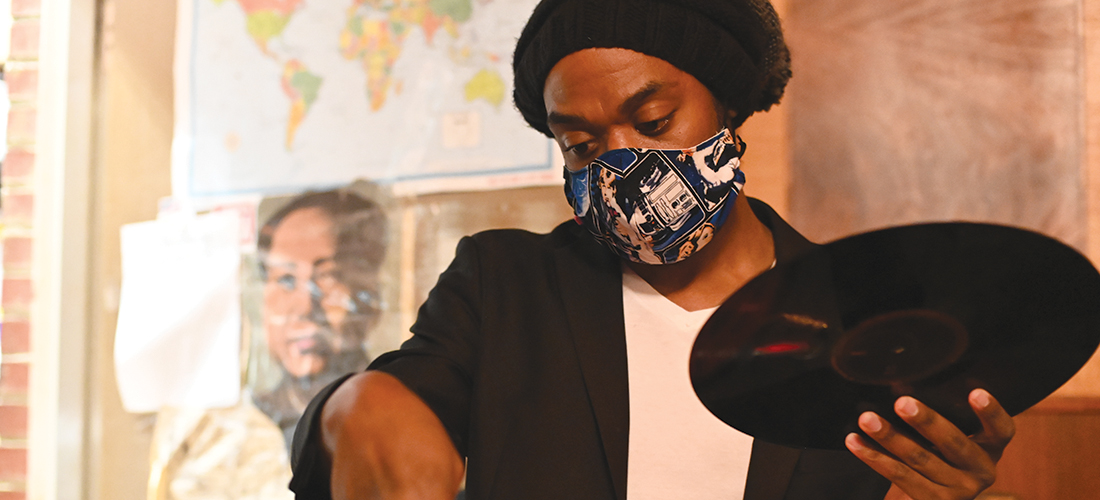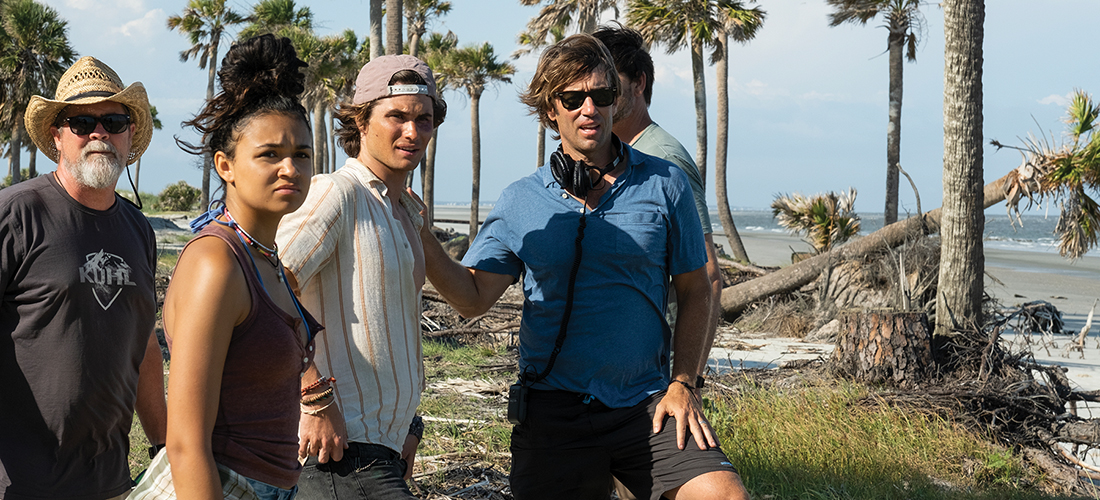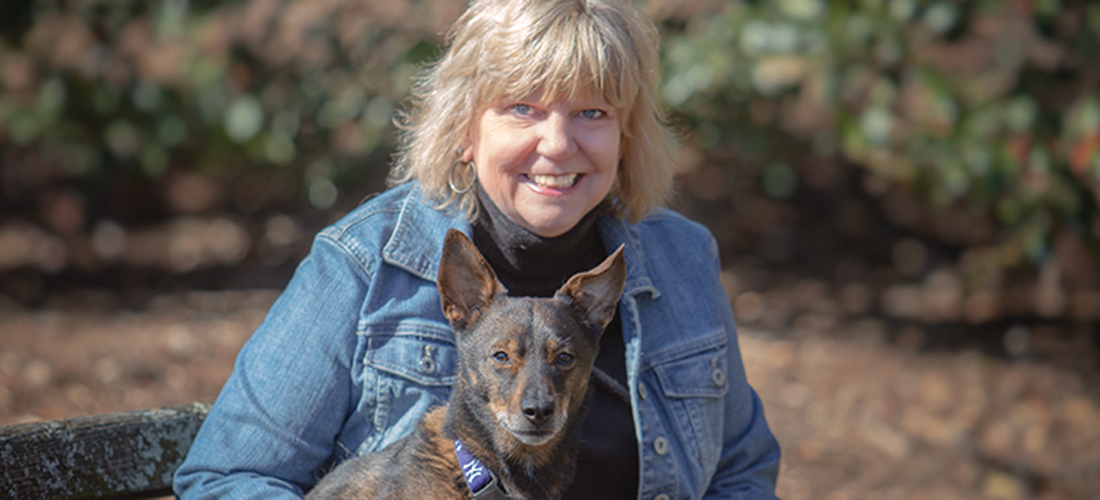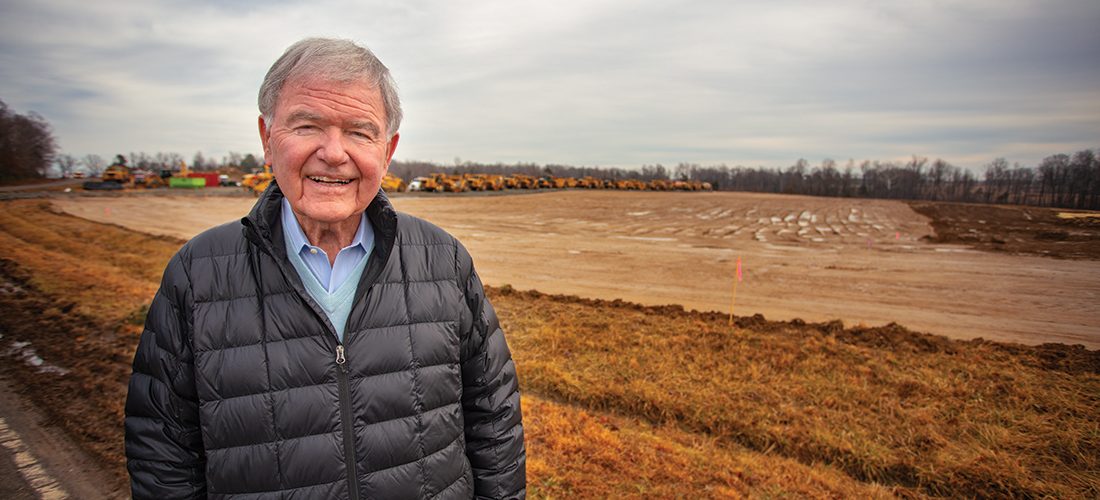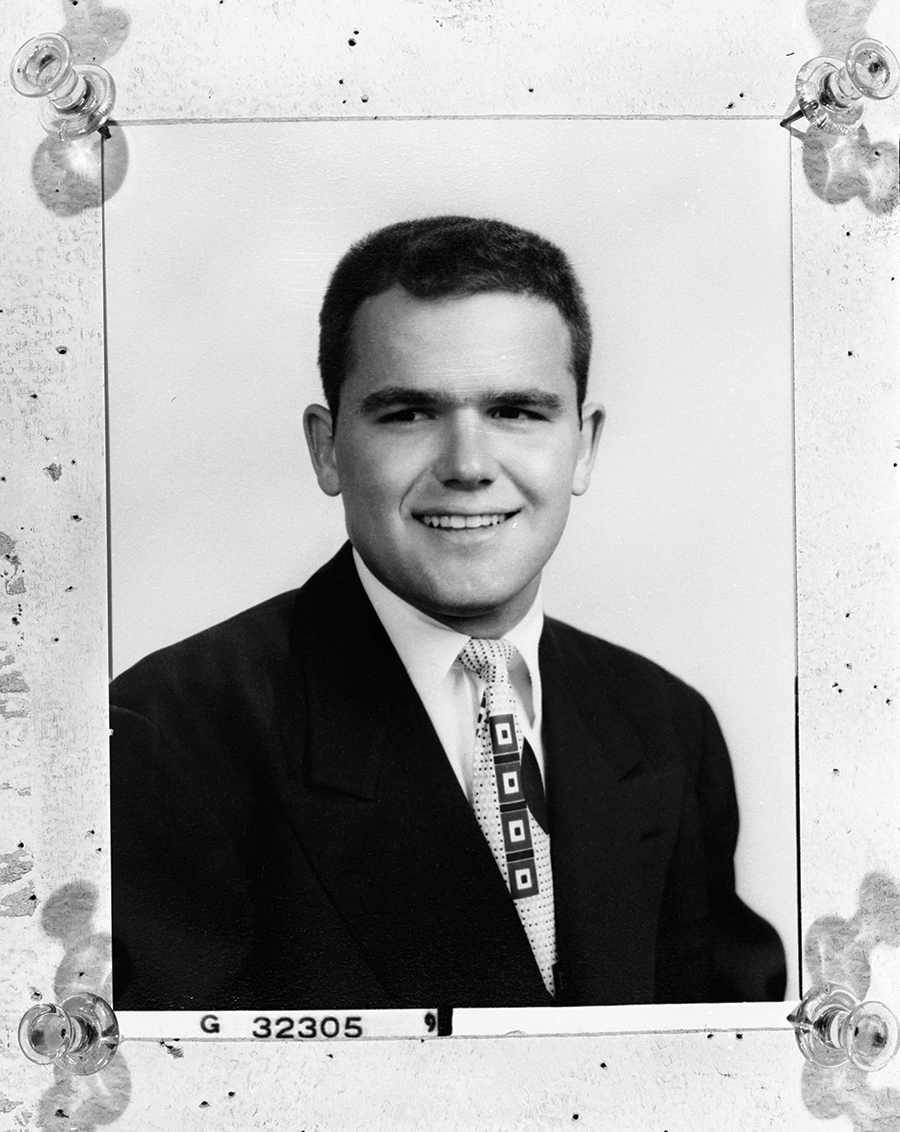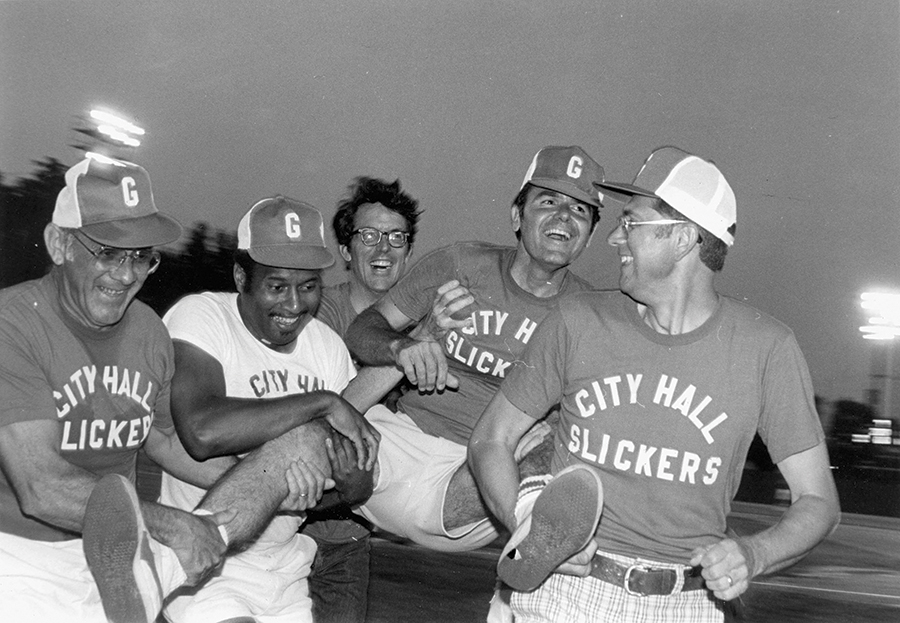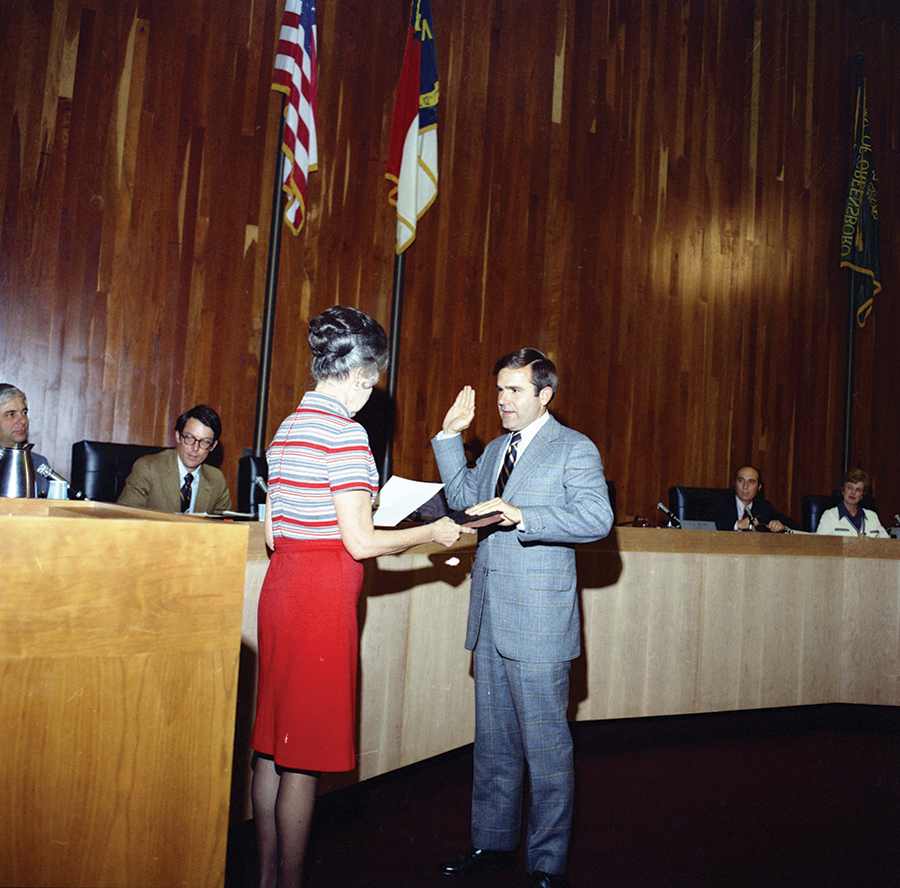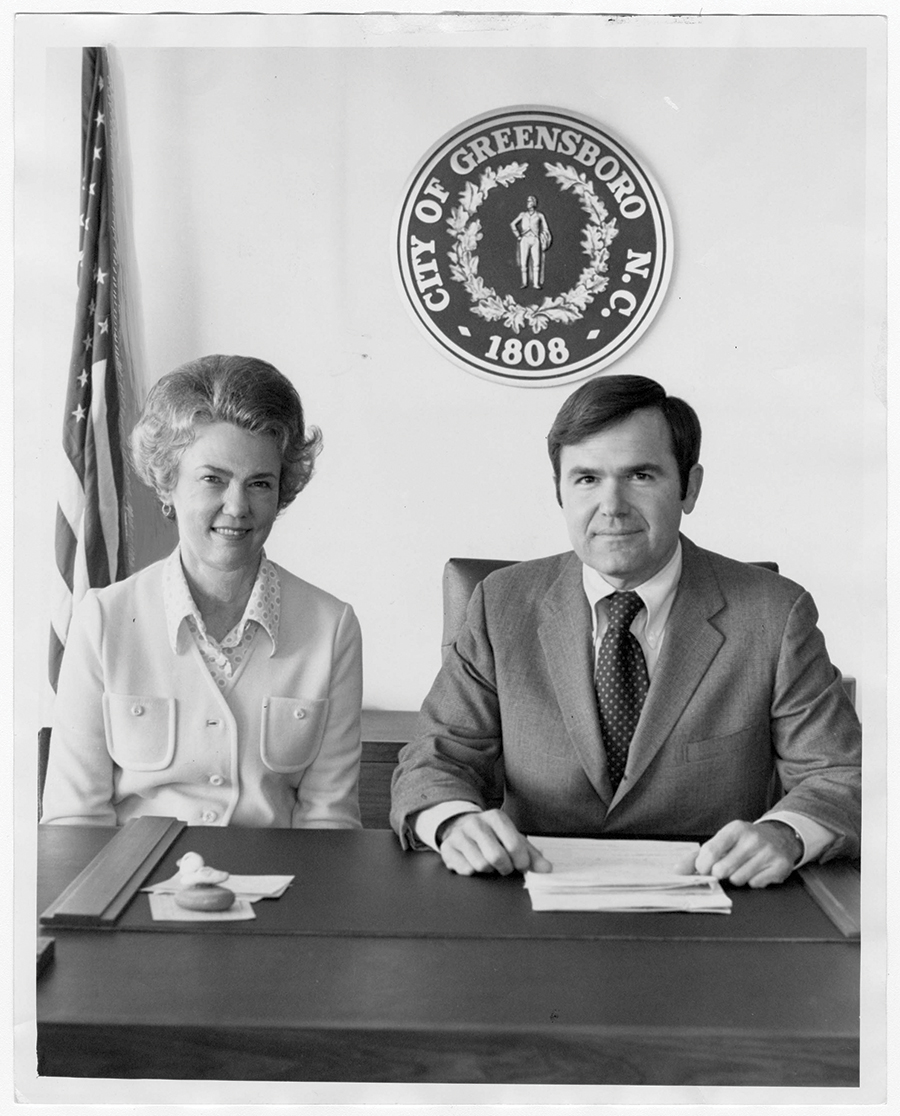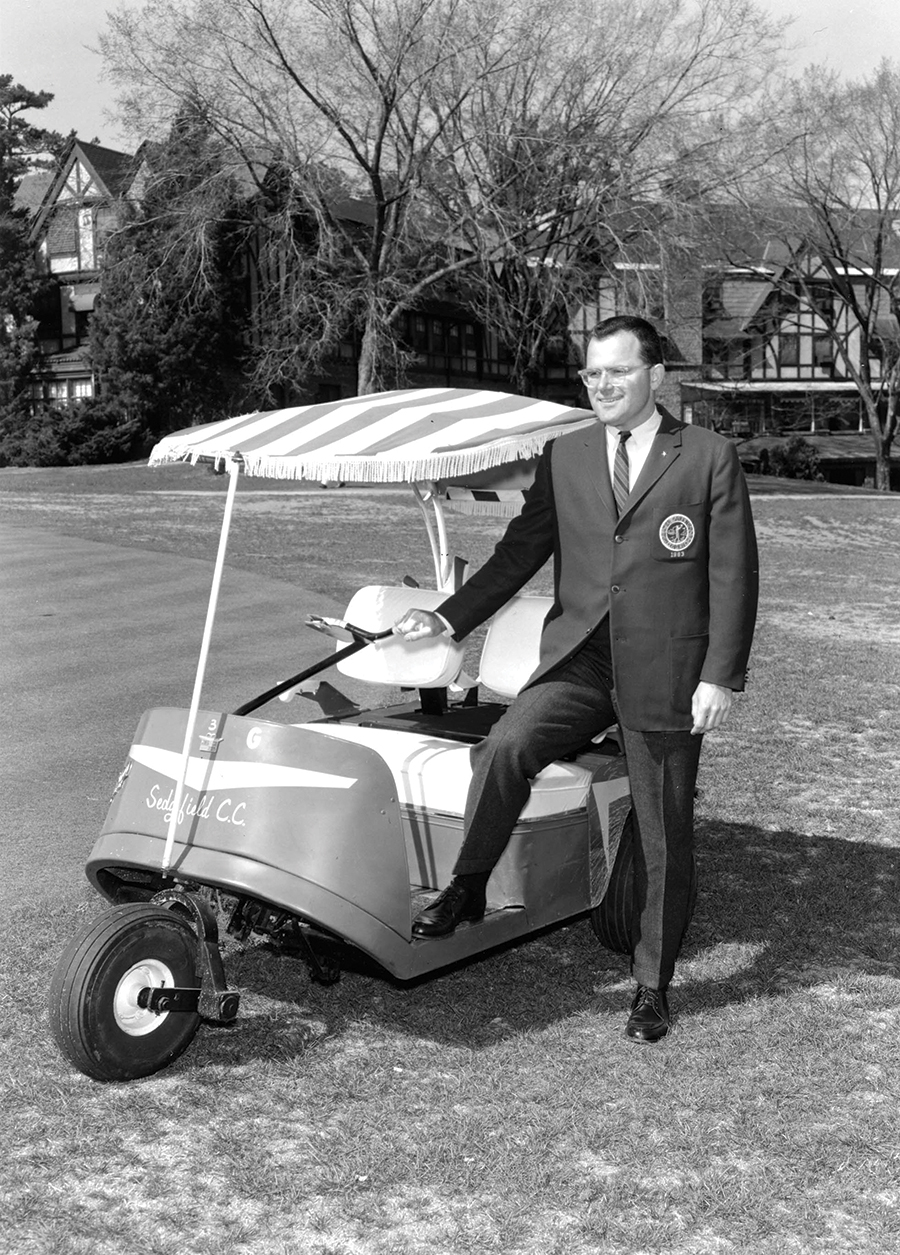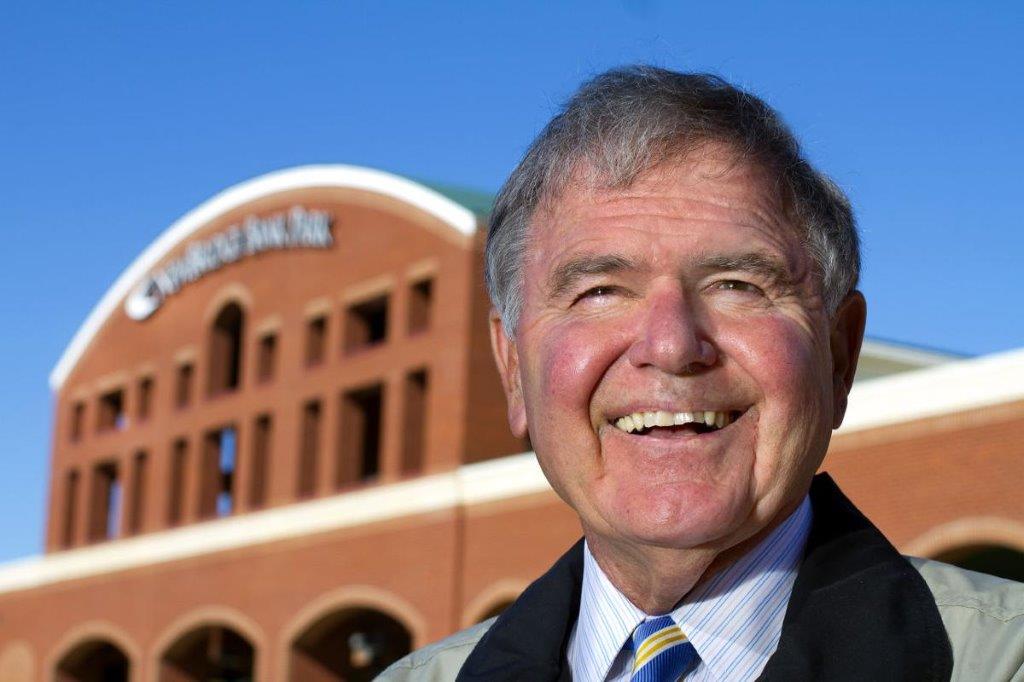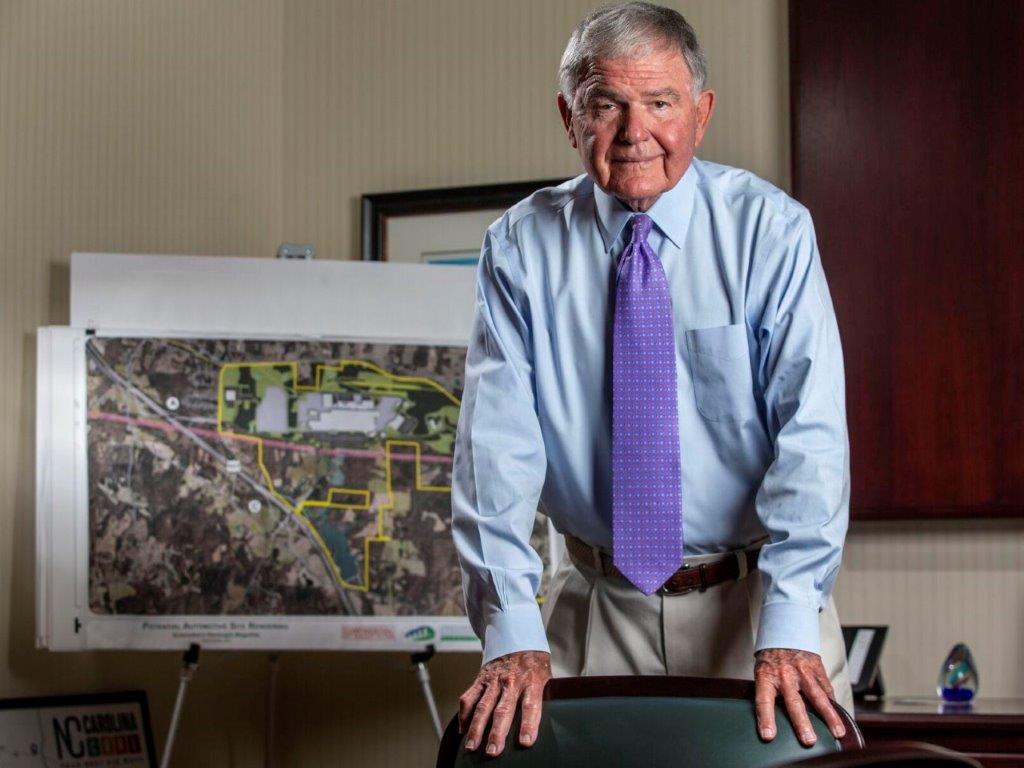A Leap of Faith
A Leap of Faith
Finding shelter from one storm after another
By Cynthia Adams • Photographs by Amy Freeman
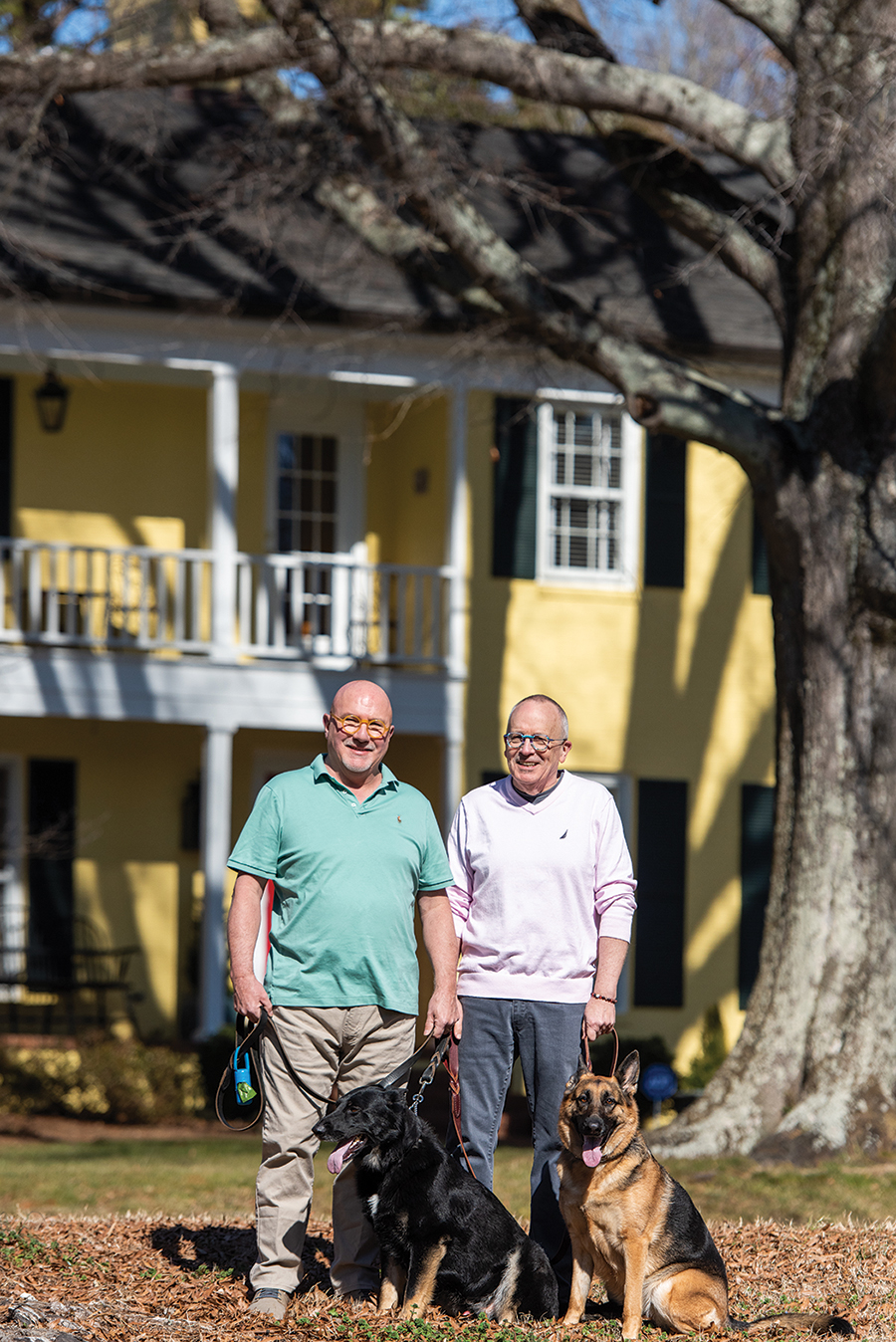
By 2017, Rick and Randy Burge-Willis had had enough of a historic and gorgeous — but too-large — 18th-century farm.
There was too much acreage to maintain at Lilac Hollow, their quaint compound in scenic upstate New York.
“We named it that because a previous owner had collected more than 350 lilac bushes from around the world and planted them over three acres,” Rick says.
The pair of serial entrepreneurs were weighing retirement. (Rick already was semi-retired.) Change beckoned. And a better climate. Until Hurricane Katrina swamped New Orleans, they had once dreamed of retiring to the city which they had long loved.
Lilac Hollow was a Martha Stewart-like dream property. The 10-room house featured 6,000 square feet, replete with fireplaces and period antiques. It was the very definition of New England quaintness.
Best of all, the house sat in the midst of 150 bucolic acres with mountain views, hops and dairy barns, and a chicken house.
They listed it on the market, “assuming it would take at least two years to sell,” Randy says.
The property lasted nowhere near two years; it didn’t even last two weeks. A mere 12 days later, a woman living in Atlanta phoned to inquire further. She was, they discovered, a working chef relocating to upstate New York. They had the perfect chef’s kitchen.
There, she saw what none of the other area houses had: professional grade appliances — and two of each.
The Lilac Hollow owners were former restaurateurs themselves, still operating the Bakery at Lilac Hollow. (Rick also was a former baker for a gourmet food spot in Albany, New York, and had been the chief baker and pizza maker at their restaurant.)
The two men invited the chef to stay for the evening and to cook together. She took them up on their offer, and the house was a hit.
There was no hesitation; the chef wanted to take possession of Lilac Hollow in late June 2017.
“It was a ‘what the heck moment,’” Randy says. “We needed to find a house and fast.”
The kitchen that sold the farm had a backstory. There was, of course, their ongoing bakery venture. But there also was another poignant story.
For years, the couple had been interested in all things culinary. Neither had owned a restaurant. But in 2011, they agreed to become restaurateurs, sharing the daily work.
Rick and Randy opened an 11-table café with pavilion seating outside in the Helderberg Mountains, only 18 minutes from their farm.
It featured a multi-item menu specialized in Cajun and Creole foods they came to love in NOLA, with a smattering of local favorites (like pizza), as well.
On opening night in April, Randy’s birthday, cars filled the cafe parking lot. A line of waiting cars wound down the street — cars full of eager, hungry patrons.
“We named it Po’ Boys, and it was prophetic,” Randy sighs. He explains the problems: The menu offered “too many” items. They wanted their hardworking staff to be well-paid.
It was nonstop work for them, too. Seven days a week.
“We were very successful during the summer months,” Randy says. His voice trails off; his expression says, “too successful.”
In August 2011, an uninvited guest named Hurricane Irene visited upstate New York. The historic, unprecedented storm took out bridges, drowning homes and businesses. Po’ Boys, only four months old, did not escape harm.
“The building survived, but we were without power and lost substantial inventory,” Randy says.
“The real issue was that the community was devastated and had no ‘appetite’ for dining out. Many had literally lost their homes,” Randy says. Their home, which was unscathed apart from losing power, quickly filled up with folks they knew, needing, as he says, a candlelight meal and a place to sleep.
While their home was only seven miles away, “the bridge on the road to work washed out and we had to travel 18 miles out of our way.” Randy says. Sadly, the new restaurant was no longer viable. “We decided to cut our losses.” He adds. On October 30, 2011, they closed Po’ Boys Café for good.
They remained at Lilac Hollow until June 30, 2017.
Over many junkets to New Orleans pre-Katrina, Rick and Randy began talking about giving up rural living. “We were both city guys originally. We had lived in Boston or its burbs for nearly two decades, so coming back to the city wasn’t strange for us. The farm had been our dream. We did it, we loved it, and then it was time to move on,” Rick says.
They agreed on finding a true neighborhood — versus the isolation and demands of maintaining a farm.
Rick and Randy had money in their pocket after Lilac Hollow sold, and both were ready to embrace a Southern, warmer lifestyle.
And yet, it was as the sage’s admonition goes, “be careful what you wish for.” Packing up a huge country house and making such a move was a breathtaking shift for the two.
Yet they insist it made complete sense.
But where exactly?
Somehow — studying maps, quality of life and a Southern locale with warmer weather — the pair had determined that Greensboro might check all the boxes.
“We had never been to Greensboro before,” Randy confesses. “But we wanted to move South.”
They came down for a weekend, meeting a Realtor and looking at 16 homes in two days.
A Charleston-style two story brick house in Latham Park — the last home they viewed, was the one. “We opened the door and fell in love with the house. The dappled light through the trees. The willow oaks!” Rick says.
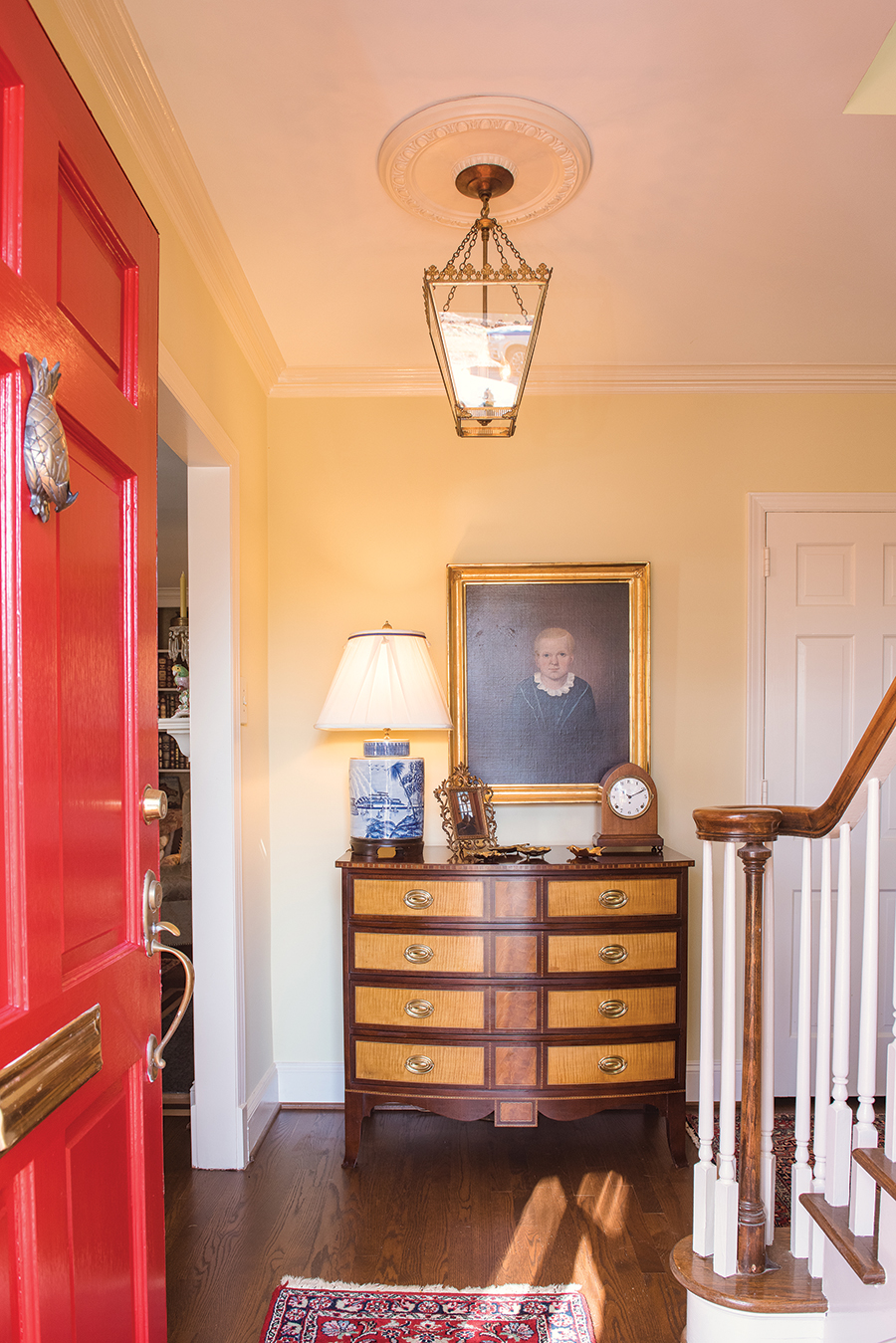
“Close to downtown, easy airport access and a beautiful park across the street,” Randy says. “We saw the house on Saturday, saw it again on Sunday, made an offer and got it accepted on Sunday. We flew home Monday morning.”
Rick adds: “We wanted a place where it would be easy to have two German shepherds in the city. It also felt like we still had a little bit of the country with us. Most of all, the light here in the summer is special.”
Were they anxious about such a leap of faith? Randy only laughs. “Not really. We had already made a bigger leap in going from suburban Boston to rural Upstate New York. Our beautiful Latham Park neighborhood made the transition easier for us.”
But what sold them on Greensboro? “Right size, good airport, good health care, progressive atmosphere. Affordable. Lots of green space,” Rick observes. “We have never looked back. This is our forever home.”
Did anything concern them after they returned to New York? “Nothing,” Randy says firmly. “After we visited, we knew it was the right choice.”
Rick insists there were no detractors among their close circles. If anything, he says, they were “a little jealous, but supportive.”
But there were practical concerns as they packed up their former residence. The Latham Park house was 3,000 square feet, nearly half the size of Lilac Hollow.
“We filled two dumpsters, sold multiple primitive pieces and gave some to the new owner. Still, we moved way too much and have been winnowing since [or replacing to accommodate a new find].”
The couple completed packing and purging just in time to relinquish the keys to Lilac Hollow’s new owner and headed south for Greensboro. They moved into Latham Park June 30, 2017.
The custom-built home featured double porches, built-ins and unique lighting.
“We’ve been told it was custom-built [by Guy Andrews]and that some of Greensboro’s notable families (or their progeny) have lived in this house at some point,” Randy says. “McLean Moore lived here early on, so most of the light fixtures are originals from the noted Greensboro firm McLean Lighting Works.”
“This wasn’t a cookie cutter house,” he adds.
Helpful neighbors contributed details about the house.
“We often run into people who have lived in the house or who are somehow associated with it [including the builder’s daughter, Julie McAllister], or they stop by to reminisce about their memories of the house,” Randy adds. The interiors required marrying two styles. Rick says it also allowed them to “break out of the ‘primitive/colonial’ mode and move out of our comfort zone in terms of decorating.”
“One of the decorating challenges for us was how to incorporate the primitive and ‘high country’ pieces we loved [and that were so appropriate in an Upstate farmhouse] into a classically southern city house,” Rick says.
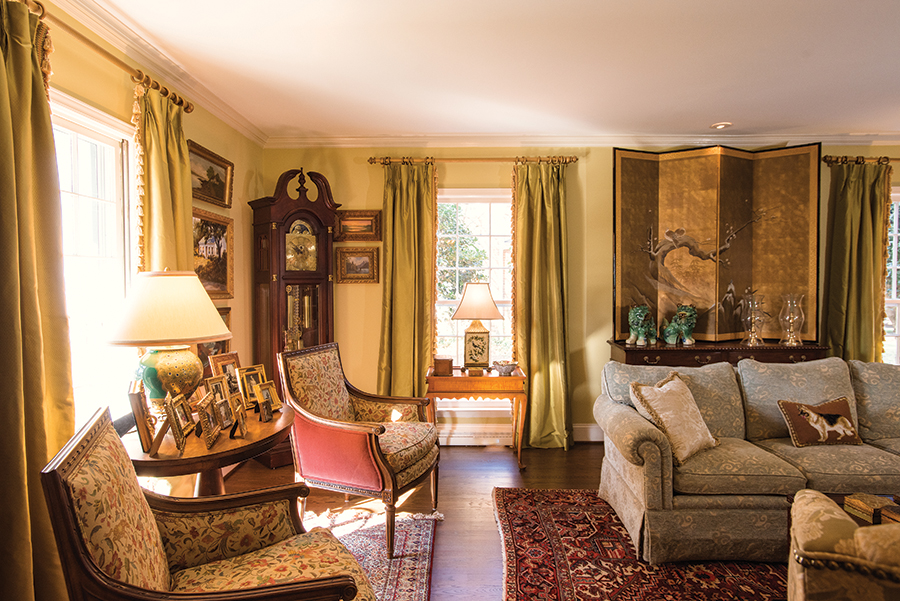
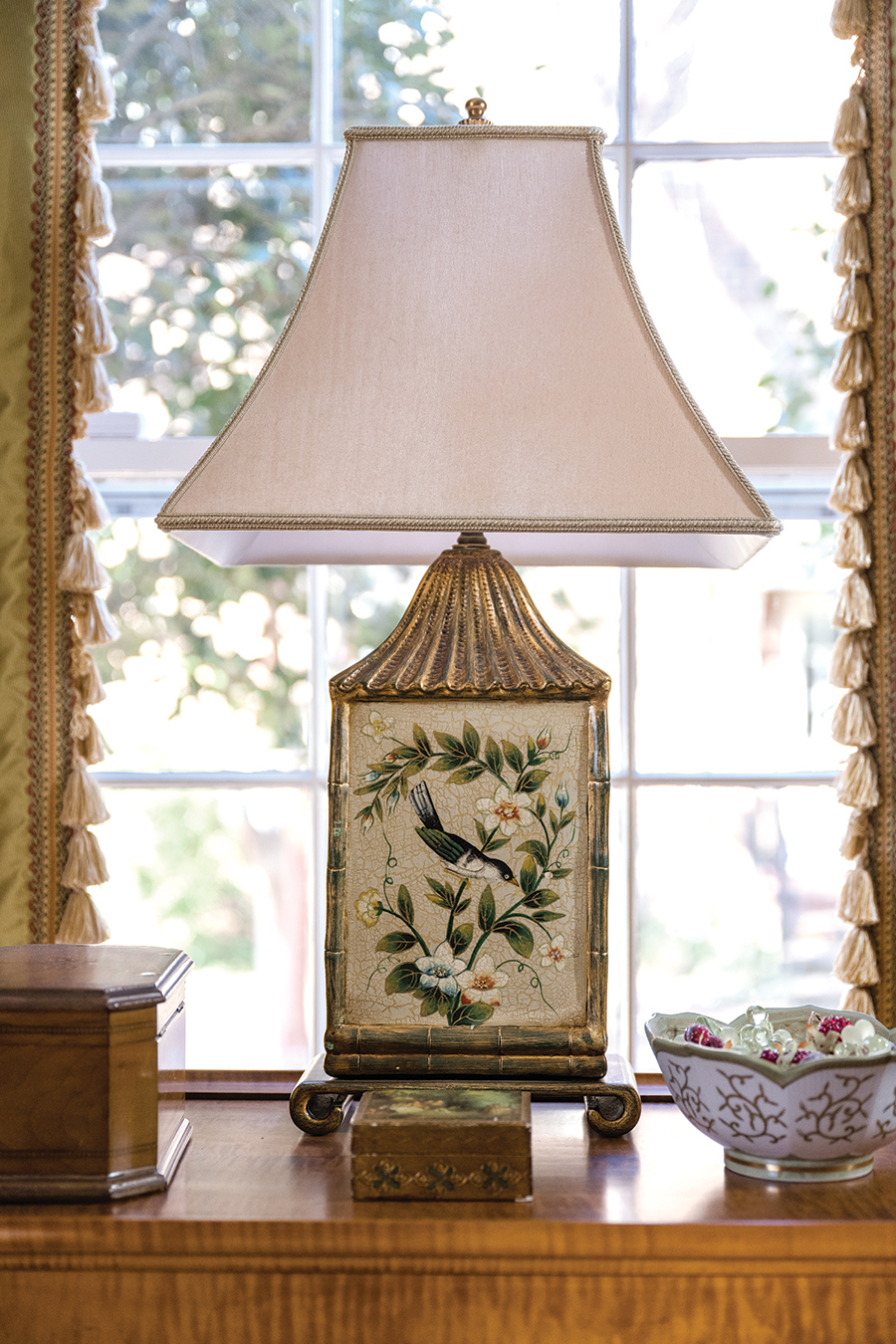
A favorite inspiration was Valkill, Eleanor Roosevelt’s Hudson Valley home.
“It’s not ‘high design’ by any stretch, but a collection of beautiful and timeless things that were important to her. Warm, inviting, eclectic,” Randy muses. “The kind of place where she could have intimate conversations with presidents and kings, but also with friends and acquaintances. It’s become a sort of guide for us as we combined the bits and pieces of over 40 years.”
Creating several library areas was first among their projects.
“We had a library in our previous home and we moved thousands of books with us . . . much to the chagrin of the moving crew,” Randy says.
The new home offered bookshelves, but their collection required even more. “We needed to get the books out of the storage unit,” he says. They added bookcases in first-floor rooms, including a small study with rare pecky cypress paneling.
For avid cooks who entertain, they had to share a far smaller kitchen. “It took us a while to get the choreography down!” Rick says.

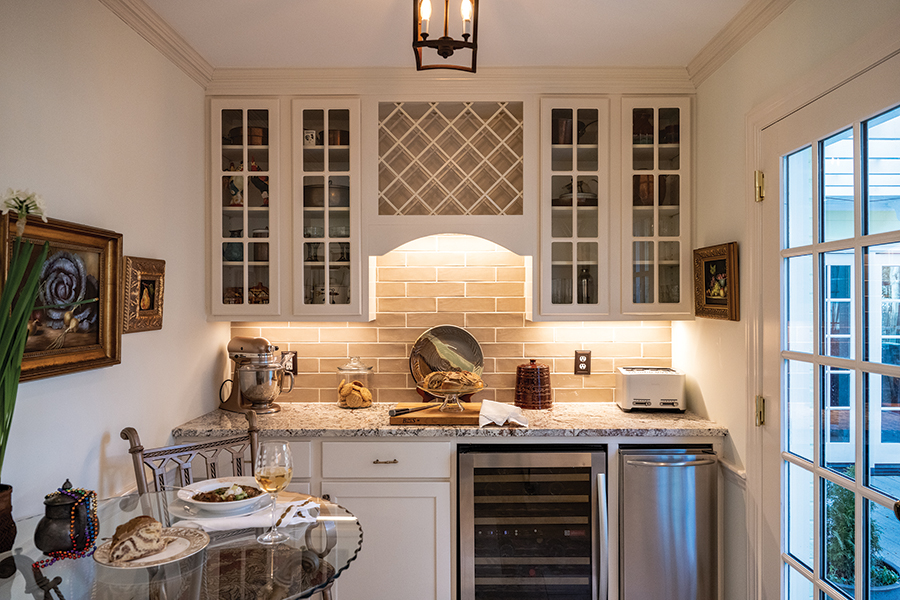
They added a new deck and pergola, expanding the outdoor living area.
Two years later, the elements struck again.
On July 31, 2019, Buffalo Creek flooded part of Latham Park. It wreaked serious damage to much of their first floor.
A flood, their old nemesis, had once again left them surveying water and wreckage.
This might have been a deal breaker for less resilient people. But not Rick and Randy. They set to work.
Miraculously, the flood did not dampen their love of the house or community.
It also wrought positive outcomes.
“First, it showed us what great neighbors we have,” Randy says. Rick agrees.
“We all came together to help and support each other. Second, it gave us the impetus to make some big changes to the house. We love our home even more,” he says.
“We live in a flood-prone area,” says neighbor Kaylee Phillips, who works for Carriage House Antiques.
“We said to our family, if it starts to flood, we have to go down to help Rick and Randy before we think about our house, because their things are so beautiful! And their house is so classic,” she says.
Phillips, who lives down the street, once worked at Summerhouse, a defunct antiques and gift store. It was owned by Julie McAllister, whose father was Guy Andrews, builder of numerous Latham Park and Brown Town homes.
Soon after the Phillips family moved down the street from Rick and Randy, “They came into Carriage House and said, ‘Hey neighbor!’” Phillips says. She smiles: “They are so special! Every single detail of their home is so special.” As they settle deeply into the close-knit community, they have amassed friends.
After the flood, house changes were required, like painting and papering, but some were simply desired. The first changes? In the kitchen, naturally.
“The house only had small ovens. We needed full size to fit roasting and sheet pans,” Randy says. “We replaced the wood floors in the kitchen with travertine. Replaced the kitchen counters with a lighter color granite [White Spring] and the dated bead board backsplash with handmade Spanish subway tiles.”
More changes evolved. They added granite molding (baseboards) to the powder room, new exterior doors to the kitchen, and new French doors and updated windows in the family room. They replaced a standard exterior door leading to the upper porch with a French door.
Neither have regrets. It all works better now, they say.
Their Latham Park home, one with a park view, brings them peace.
They can pretend it’s Central Park whenever the snow flies or in spring when the old growth trees — a hallmark of the neighborhood — are in full bud.
Their main bedroom is off the upper porch, which is furnished with chairs and tables. They hang baskets of ferns there when the weather is gentle, which remain until frost arrives.


They recently had the exterior repainted a buttery yellow and used a dark, New England–like green on the shutters.
Five years later, Rick and Randy consider their new city’s personality. “Friendly, open and accepting, community focused, the ‘New’ South,” they reflected in an email. “The quality of life here is exceptional and constantly improving . . . cultural resources, green spaces, health care, entertainment. Most everything is less than 15 minutes away.”
Favorite things to do here?
“Taking dogs to the parks, searching for treasures at antique and consignment stores, tending our vegetable garden in our community plot at Keeley Park, cooking good food, and expanding our Southern food repertoire,” they wrote.
Last winter, they had a strong crop of collard greens and dined on collards and Hoppin’ John for New Year’s Day.
Come holidays or any occasion, Rick and Randy swing back into serious baking mode.
They bake cookies, breads and NOLA-inspired delectables for neighbors. For parties, they create a house cocktail and bring out the good china and crystal, even coupes for sparkling sips.

NOLA remains near to their heart. It was there they learned how to be Southern.
“The attention to detail, quality and depth, not just in the food but in the experience. NOLA has it down,” they wrote.
No Southerner worth their collards would argue. OH
Cynthia Adams is a contributing editor to O.Henry. She can be reached at helmschad@gmail.com.


